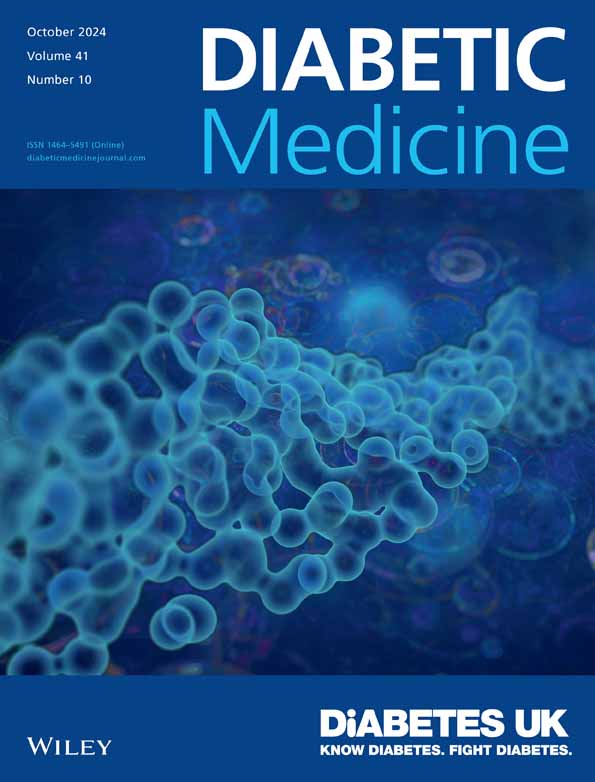A new approach to identifying safety measures across transfers of care for people who use insulin for Type 2 diabetes
Abstract
Aims
When people who use insulin for Type 2 diabetes have a hospital admission and discharge, they are at risk of harm from incorrect, delayed, or missed insulin doses. Leading indicators can highlight potential areas of risk, providing opportunities to improve safety. Modelling the complex transfer of care pathway can provide insight into where leading indicators could be targeted to support improved outcomes.
Methods
Multiple qualitative methods were used, and a framework approach was applied to identify activities (termed functions) involved in managing insulin during the transfer of care, and how factors involving people, equipment and environments (local, organisational and external) impacted these. The Functional Resilience Analysis Method was used to map the transfer of care pathway, and key areas of variability were identified. These areas of variability and two example functions were validated and discussed with key/representative stakeholders in an online seminar.
Results
A total of 59 functions were mapped, and 21 were identified as key functions for potential new measures. These 21 functions were validated at a seminar, and two example functions, empowering people with diabetes who use insulin to manage their diabetes and arranging self-administration of insulin in hospital, were discussed in detail. A selection of potential measures was identified.
Conclusions
Many potential areas for new leading indicators were identified, and examples of potential measures were described. A coproduction approach is required to expand, define and validate these. Such measures provide an opportunity for proactively improving insulin safety during care transfers.


 求助内容:
求助内容: 应助结果提醒方式:
应助结果提醒方式:


